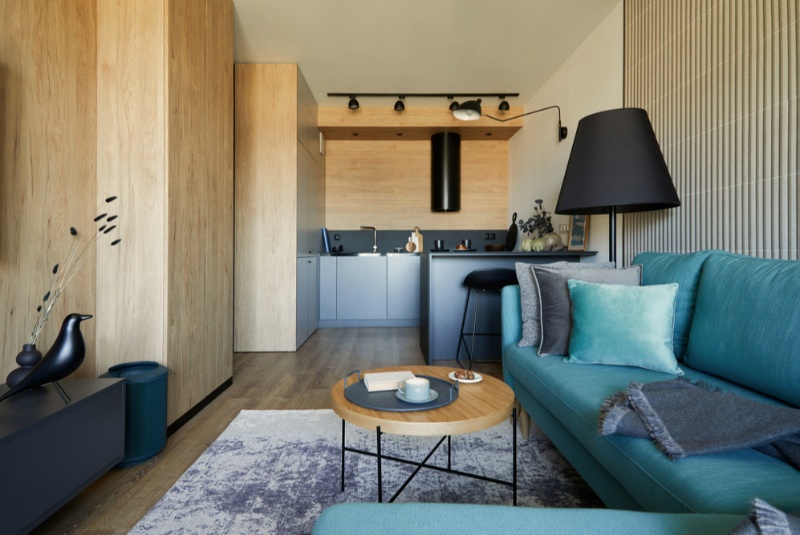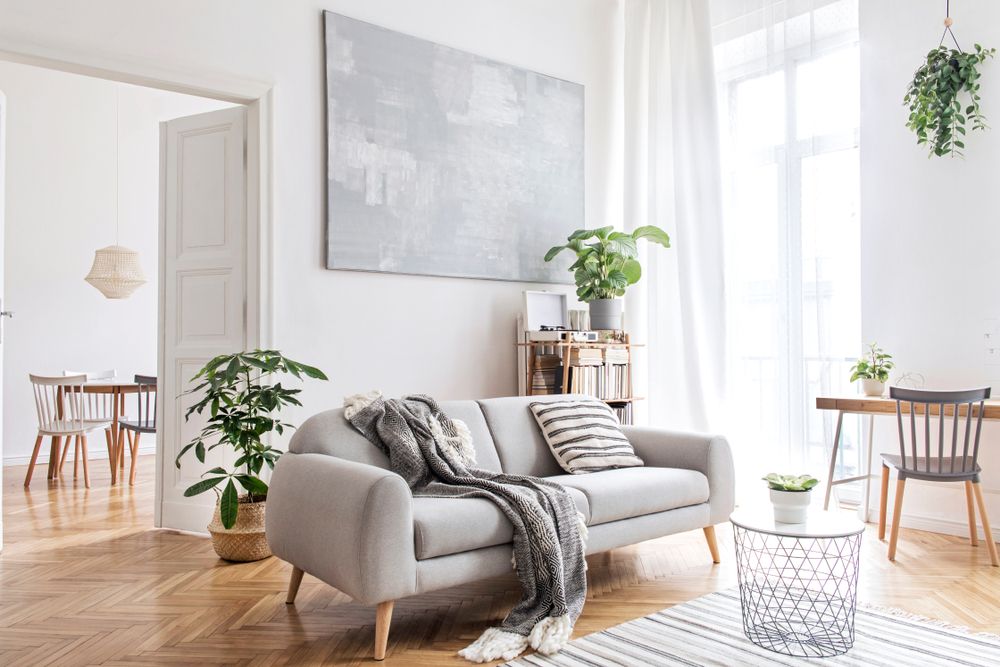In a world that often emphasizes consumerism and materialism, embracing a simple lifestyle can provide a much-needed respite from the chaos. Simple living in small spaces can not only save you money and reduce your carbon footprint but also lead to a more organized, stress-free, and fulfilling life. This article will provide practical tips and advice on how to make the most of small living spaces while enjoying a simpler, more meaningful existence.
- Declutter and Downsize
The first step to simple living in small spaces is decluttering and downsizing. This process entails sorting through your belongings, keeping only what is essential or truly meaningful to you, and letting go of the rest. By focusing on what truly matters and freeing yourself from unnecessary possessions, you create a serene environment that is conducive to a simpler way of life.
Tips for decluttering and downsizing:
- Start with one room at a time, breaking the process down into manageable tasks.
- Take a minimalist approach by keeping only what you need or what adds value to your life.
- Don't forget to declutter digital spaces as well, such as your computer, phone, and email.
- Consider donating or selling items that you no longer need or want.
- Maximize Storage and Organization
Once you have decluttered, it's essential to maximize storage and organization in your small space. Doing so will help you maintain a clutter-free environment and make daily living more comfortable and efficient.
Tips for maximizing storage and organization:
- Use multifunctional furniture pieces that can serve as storage, such as beds with built-in drawers or ottomans with hidden compartments.
- Install wall-mounted shelves and hooks to take advantage of vertical space.
- Utilize under-bed storage containers for items not used daily.
- Keep items organized in labeled bins or containers, so you always know where to find them.
- Opt for Smaller, Multipurpose Furniture
When it comes to simple living in small spaces, choosing the right furniture is critical. Opt for smaller, multipurpose furniture pieces that can adapt to your needs and save space.
Tips for selecting furniture for small spaces:
- Look for convertible furniture, such as a sofa that transforms into a bed or a dining table that folds away when not in use.
- Choose pieces with built-in storage, like a coffee table with shelves or drawers.
- Opt for wall-mounted or foldable furniture that can be easily stored away when not in use.
- Create Functional Zones
In small spaces, it's crucial to create functional zones that delineate different areas for various activities, such as sleeping, working, and relaxing. This approach will help you maintain order and organization, making your space feel larger and more comfortable.
Tips for creating functional zones:
- Use rugs, curtains, or furniture arrangement to define distinct areas within your space.
- Consider using room dividers, such as folding screens or bookcases, to separate different zones.
- Keep items related to specific activities within their designated zones to maintain organization.

- Embrace Natural Light and Mirrors
Natural light and mirrors can work wonders in making a small space feel more expansive and inviting. By allowing natural light to flood your space and using mirrors strategically, you can create an illusion of a larger, airier environment.
Tips for maximizing natural light and using mirrors:
- Remove heavy curtains or blinds and replace them with lighter, sheer materials that let in more light.
- Place mirrors opposite windows to reflect natural light and make the space feel larger.
- Use light-colored paint and furnishings to help reflect light and create a brighter atmosphere.
- Cultivate a Minimalist Aesthetic
A minimalist aesthetic is a natural complement to simple living in small spaces. By focusing on clean lines, neutral colors, and uncluttered surfaces, you can create a calming and visually appealing environment that supports your simpler lifestyle.
Tips for cultivating a minimalist aesthetic:
- Choose a neutral color palette for your walls, furniture, and accessories.
- Avoid excessive decoration and opt for a few carefully selected, meaningful pieces of artwork or decor.
- Keep surfaces clear and clutter-free, storing items in designated storage areas.
- Use plants to add life and color to your space, while also purifying the air.
- Adopt Sustainable Living Practices
Simple living and sustainability often go hand in hand. By adopting eco-friendly practices, you can reduce your environmental impact while simplifying your daily routines.
Tips for sustainable living in small spaces:
- Choose energy-efficient appliances and lighting to save on utility bills and reduce your carbon footprint.
- Implement a waste reduction plan, including recycling, composting, and using reusable items instead of disposable ones.
- Grow your own herbs or vegetables in small containers, if possible, to save money and connect with nature.
- Support local businesses and purchase items made from sustainable materials whenever possible.
Embracing simple living in small spaces can lead to a more fulfilling, stress-free life, and a deeper connection with what truly matters. By decluttering, maximizing storage, choosing the right furniture, creating functional zones, utilizing natural light and mirrors, adopting a minimalist aesthetic, and incorporating sustainable practices, you can make the most of your small space and enjoy the many benefits of a simpler lifestyle. In doing so, you will find that living large in a small space is not only possible but truly rewarding.




